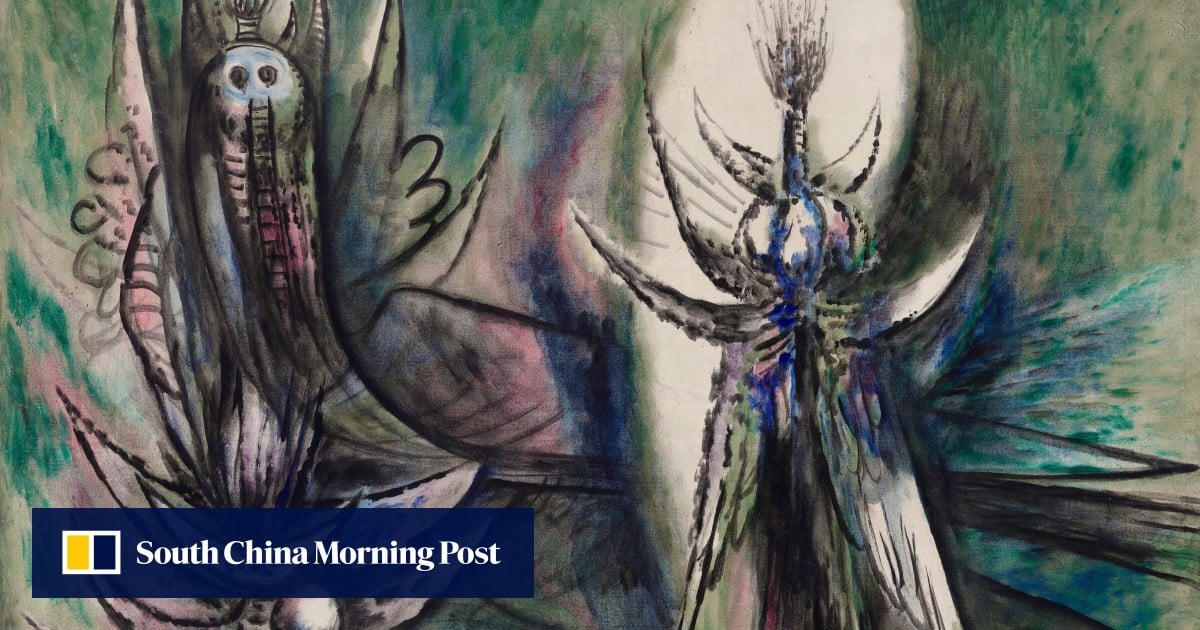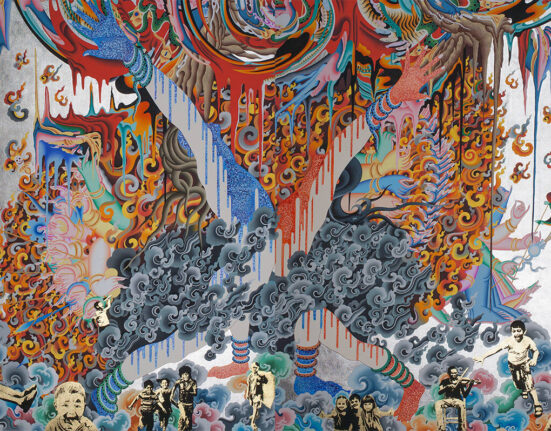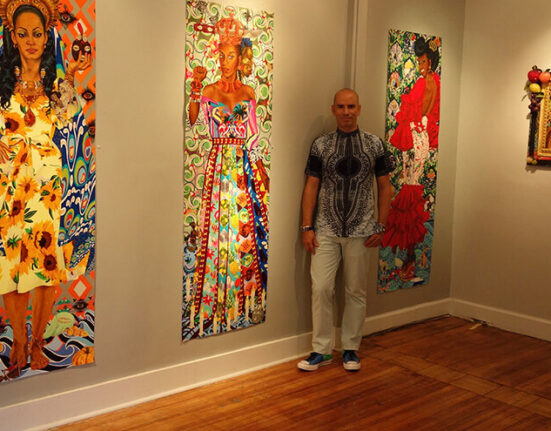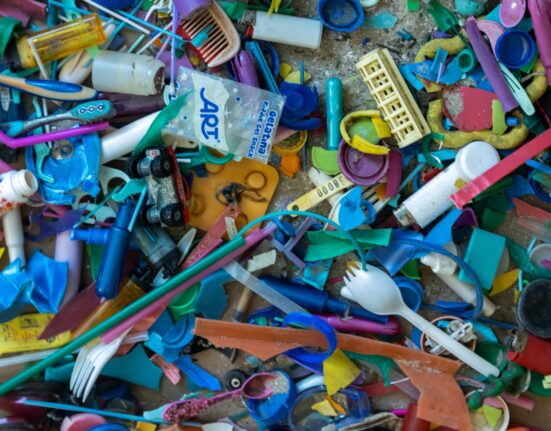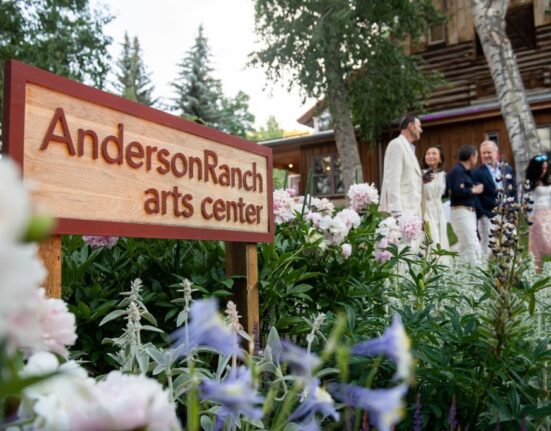By highlighting the artist’s Chinese lineage through his Guangdong-born father, the show’s curators hope that Lam’s practice can help broaden people’s understanding of Chinese diaspora art history.

Born to a Chinese father and a mother of Spanish and African descent in Sagua La Grande, Cuba, in 1902, Lam’s multicultural heritage deeply influenced his artistic vision; he developed a unique style that blended elements of surrealism and cubism with Afro-Cuban imagery.
After studying art in Havana, Lam moved to Spain in 1923, where he became associated with the avant-garde circles of Madrid and Barcelona. It was during this time that he developed a deep appreciation for the works of Pablo Picasso and Joan Miró, whose influence would be evident in his later work.
Art is part of the furniture in this Hong Kong home: it ‘inspires creativity’
Art is part of the furniture in this Hong Kong home: it ‘inspires creativity’
In 1938 Lam moved to Paris, where he was mentored by Fernando Álvarez de Sotomayor y Zaragoza, the curator of the Museo del Prado and teacher of Salvador Dalí. He also befriended artists such as André Breton, the founder of surrealism.
It was in Paris that Lam began to explore his African heritage, inspired by the art and culture of the African diaspora. This exploration would become a central theme in his work, as he sought to create a visual language that reflected the rich cultural tapestry of his ancestry.
Lam’s breakthrough came in the early 1940s, when he began to blend African motifs and symbols with the visual languages of cubism and surrealism, creating a deeply personal style in works such as The Jungle (1943) and The Wedding (1947).
Characterised by dynamic compositions which have hints of Picasso and references to Afro-Cuban religion and cultural heritage, Lam’s paintings also contained his responses to world affairs that he witnessed at the time.
“He witnessed a lot of conflict in his life, such as the Spanish Civil War, and he was in Paris during World War II and his art reflects that contrast between conflict and humanity,” Stephane Lam says.

“You can see it in all of his pieces. Whether it’s a knife or a pair of scissors there is always a form of tension.”
He highlights other prominent themes in his father’s work: nature in the form of leaves, forests or bamboo. The female form is also featured in a lot of his works, as Lam lost his lover, who was pregnant with his child, to tuberculosis during the Spanish Civil War.
“My father was fascinated by bats,” says Stephane. “He once saw the moon cast a long shadow on a bat and was intrigued by how something so small in the day could look large at night, and how its shadow could be inverted to have its feet on the ground.
“So that idea of how perspectives can change how you see something, whether it is religion or politics, we can look at it a different way.”

In addition to his paintings, Lam was also a skilled draughtsman and printmaker, producing a body of work that is as diverse as it is impressive.
His later works, such as the series “The Third World” (1969-1970), reflect his engagement with political and social issues, as he sought to use his art as a means of promoting social change.
“The print series is a collaboration between my father and a printer in Italy. My brother has memories of working with my father on some of the prints in the studio in Milan,” Stephane Lam says, referring to Eskil Lam, who is also co-curator of the exhibition.
‘Some days I spend 10 hours carving’: Hong Kong’s printmakers spotlighted
‘Some days I spend 10 hours carving’: Hong Kong’s printmakers spotlighted
The lively image of a jumble of characters with pointed, tapered heads falling to the ground that is used in the promotional flier holds special meaning for the Lam brothers.
“My brother and I were having lunch with a friend and he told us he was at an acquaintance’s house and he saw one of my father’s paintings there. After some back and forth and my brother returning to Paris to match the photos with the records, we verified that the painting was in Hong Kong,” Stephane says.
“The last record we had of Three Centimetres from the Ground in our catalogue raisonné (a list of an artist’s works) was that it was in Berlin, but it was a five-year-old entry,” he recalls.
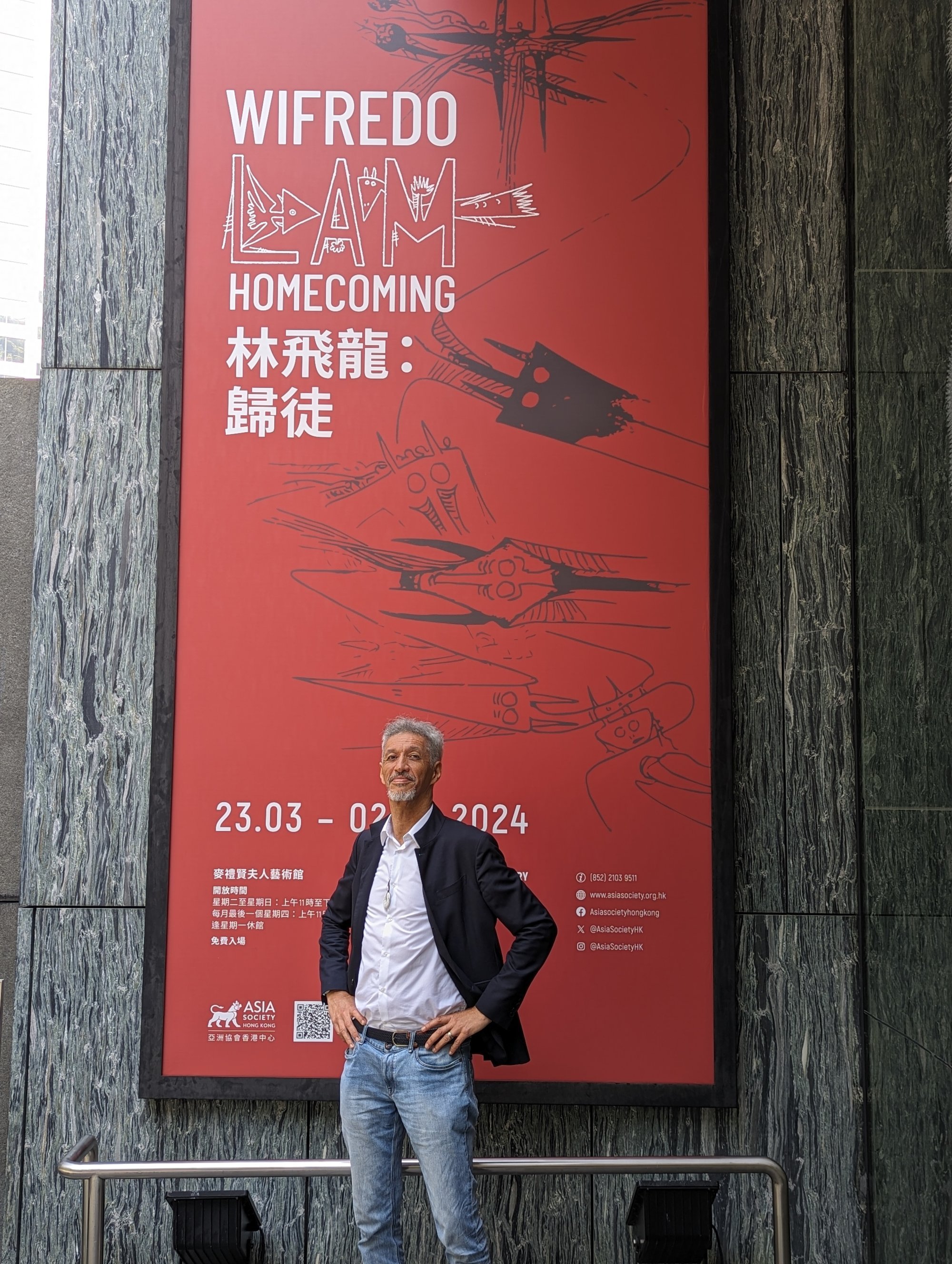
Having this work in the show makes the exhibition all the more special, Stephane Lam says.
The process of tracking down the work and curating a show close to one part of the family’s roots is a labour of love for the brothers.
“We used to spend our summers in the French countryside with our father. His studio would be covered in fabric because that’s where he took his breaks.
“We were allowed in there but we weren’t allowed to touch anything, and I remember my father staring into space, thinking. We’re not part of his creation process, but we are part of his process.”
“Wifredo Lam: Homecoming”, Chantal Miller Gallery, Asia Society Hong Kong Center, 9 Justice Drive, Admiralty, Tue-Sun, 11am-6pm. Until June 2.

